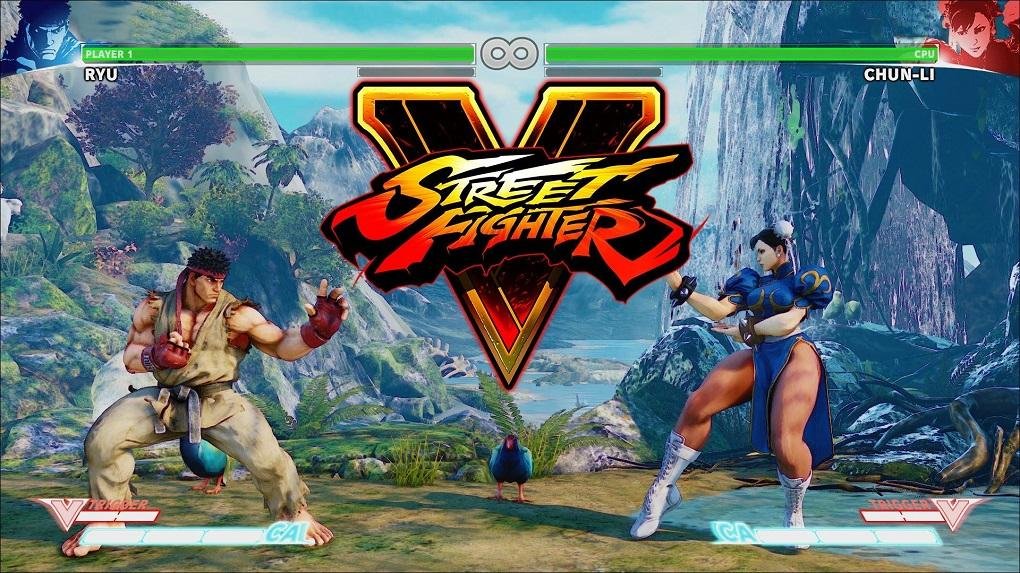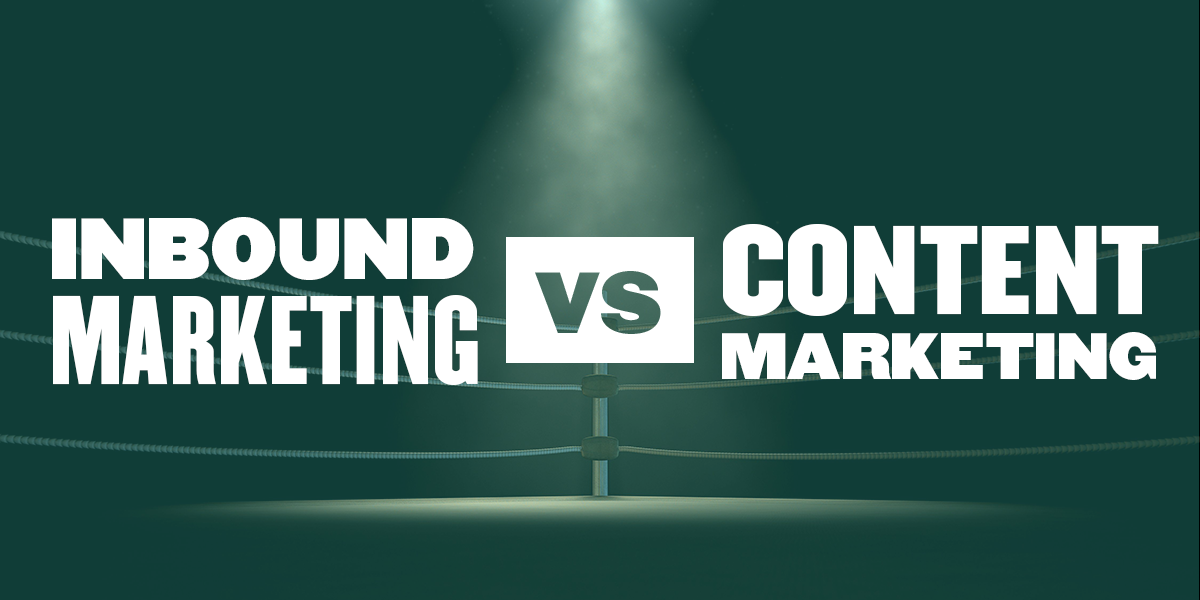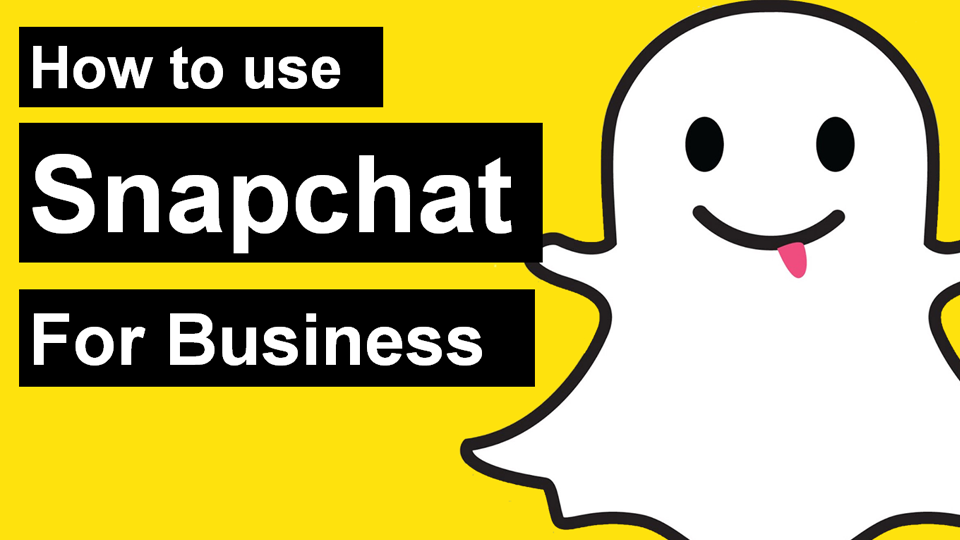Call to action (CTA) in marketing: 5 tips to build the best

The CTA (Call-to-Action) is one of those seemingly small details that hides big secrets for the most savvy marketers. Despite its apparent simplicity, it’s a key element in driving conversions and moving potential customers through the conversion funnel.
With a little care and attention, CTAs can give us great results without the need for large investments. Let’s take a look at what exactly a CTA is in marketing and how you can start improving your call-to-action right now.
What is CTA in marketing?
The CTA, or call-to-action, is the element that pushes the user to click to move forward in a process that we have designed and whose ultimate goal is conversion. It usually takes the form of a button that takes the user to another page.
CTAs are geared towards making the user behave in a certain way, for example, by filling out a form or going to the purchase page. One way to look at it is as a tool to convert potential customers into end customers, or to direct users of a generic site (for example, our website or our social media profile) to a landing page specifically aimed at conversion.
5 tips to improve your call-to-action
If there is a universal truth in marketing, it is that generic solutions tend to fall very short. And of course, CTAs are no exception. Hence, it is good to keep in mind a few keys to create the best ones. What should you do?
1) Segment
We often see generic call-to-action buttons with texts like “learn more,” “send,” or “download.” Although they can sometimes be valid, it is always better to explore a little more to see what is most likely to interest the audience we are looking for.
A good way to segment marketing CTAs is based on the buyer persona or “typical customer” we are targeting. If we have analyzed them well, we will have different customer profiles and therefore, we will be able to easily see which offer can attract them the most and express it through our call-to-action.
Another very useful approach can be to think about the phase of the conversion funnel they are in:
- Visitors: These users have only just begun to discover our brand, so they are probably not ready to buy yet. Our goal at this stage will be to direct them to a certain page or pages within our site.
- Here, we will have to get the user to leave us their data to start a more personalized relationship. And to do this, we must offer valuable content with an attractive CTA.
- Customers: Finally, we have calls to action aimed directly at conversion to sale, for those customers who are already willing to buy. Make sure they are irresistible!
2) Take care of the design
A good CTA should go through the eyes and catch the eye the first time. Sometimes, things as simple as finding the right color can dramatically increase conversions.
Here are some elements to consider when designing your call-to-action:
- Readability. First and foremost, a good call-to-action button has to be read and seen with total clarity. Usability is above aesthetics.
- Colors and fonts. In general, they should be as in line with your stylebook as possible, as this has been shown to increase conversions. Along these lines, don’t be afraid to experiment with different options to see which one gives you the best results.
- It is responsive. The CTA button has to be easy to see (and press) on all types of devices; otherwise, you will be exposing yourself to a real bleeding of conversions and a horde of frustrated users.
3) Think twice about the copy
Many times, we stay in the “jack, horse, and king” with the texts of the CTAs, but in reality, there is a world of possibilities to discover. Remember that the more you personalize and adapt to the target audience, the greater the chances of success. Here are some ideas to inspire you:
- Look for suggestive verbs, which explain to the user what they can achieve: for example, “discover” is much more exciting than “more information”.
- Explain the offer: “save X”, “get Y”. You can (and should) use numbers to make the benefit clear and build credibility.
- Use first-person texts, such as “I want it!” or “Sign me up now.”
- Keep a tone that matches the rest of your brand.
- Don’t sacrifice understanding for creativity. As with design, readability is important. It’s great to wow the user, but it should always be very clear what you offer and what you expect it to do.
4) Location is key
As we have already indicated, a CTA must be highly visible and “clickable”. These tips will help you achieve this:
- Look for premium placements, such as the top and center of the page.
- Leave white space around the button to make it stand out more.
- When in doubt, a large button helps attract more attention, as long as it doesn’t shatter the balance of the elements on the page.
- Explore options like pop-ups, but make sure you don’t obstruct navigation.
- If the page has scrolling, a very effective option can be to place the CTA at both the beginning and the end.
5) Measure, analyze, and repeat
If you want to get the best call-to-action in the universe, experiment until you find it!
CTAs are one of the most attractive elements for A/B testing, as they are very easy to change and can lead to big differences in results. Test one variable at a time (color, font, location, text…) and take note of the results for future campaigns.
Remember, however, that not all users are the same, so you may want to segment your experiments based on the different buyer personas you’ve identified. Whatever you do, don’t be afraid to be creative – sometimes, the key is in the craziest ideas.










